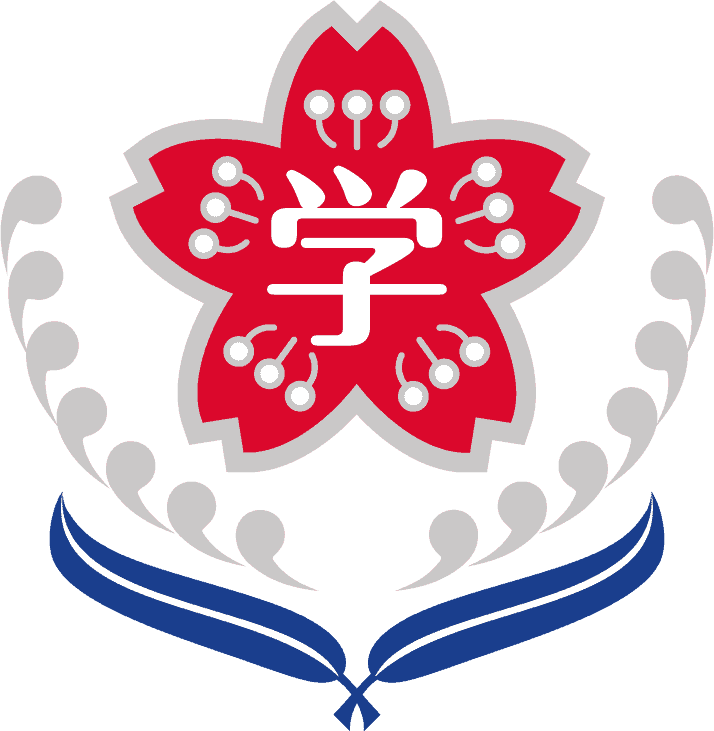Languages | Japanese Language Department
With a focus on both language and culture, our comprehensive daily Japanese language program prepares students to communicate effectively in Japanese, while also fostering a deep appreciation for Japanese traditions and customs. Through the program, students are equipped with the skills and knowledge they need to communicate effectively in Japanese, and nurture a deeper understanding of Japanese culture.


Learning environment
The experienced and dedicated teachers in our Japanese Language Department, who lead the program, use a communicative approach to teach Japanese, ensuring students develop their language skills in a natural and meaningful way.
From the earliest years, our students engage in interactive activities that build their listening, speaking, reading, and writing skills. We also provide students with opportunities to experience Japanese customs and traditions, such as games, calligraphy, and traditional festivals.
Our dedicated language classrooms are fully equipped with smart boards and even have a tatami section, providing a truly immersive language-learning environment.
Class structure and curriculum
With a focus on providing 150 hours of language instruction per year, the program is designed to help students develop their skills at a steady pace and covers a wide range of topics, including daily and school life, culture, sustainability, global issues and Japanese history. The curriculum is unique and is designed according to the developmental stages, interests and challenges of the students who are learning Japanese to ensure it is relevant and engaging.
The program in Year 1 offers 2 levels and from Year 2 to Year 6 offers three levels – beginner, intermediate, and advanced – to cater to the students’ different backgrounds and abilities. Even if a student has no prior knowledge of Japanese, they will be fully supported throughout their language-learning journey.
In Kindergarten, children learn the Japanese language through games, songs and folk tales. They also learn about traditional cultural events such as Setsubun and Hinamatsuri, by learning about the four seasons.
Nihongo 1 is designed for students who are new to the Japanese language or for those that have limited opportunity to use Japanese as a ‘living language’. In these classes, the instructions are sometimes delivered in English, so students can grasp the tasks assigned.
Nihongo 2 is designed for those students who have an intermediate level of Japanese language ability. They may be children from bilingual households where Japanese is spoken on occasion.
Nihongo 3 is for those students who use Japanese as a ‘living’ language, and whose primary language spoken in the household is Japanese. The school also provides appropriate extension and enrichment programs for children with advanced language ability, to accelerate their learning.
Events
At SJIS, we provide students with many opportunities to immerse themselves in Japanese culture throughout the year. We celebrate traditional seasonal festivals such as New Year’s, Children’s Day, Star Festival, and much more, giving students the chance to experience the unique traditions and customs of Japan firsthand.
The annual Japanese Language Festival is a highlight of the school year. Students have the opportunity to showcase their drama skills and creativity as they prepare for the festival, where every student plays an important part.
Special Assessment
Upper primary students have the opportunity to sit the Assessment of Language Competence (ALC) test*, which is normally reserved for high school students. SJIS students regularly achieve outstanding results, showcasing the effectiveness of the school’s Japanese language program.
*The ALC test is a Japanese language proficiency test administered by Australia Council of Educational Research (ACER) that assesses a student’s language skills in reading and listening.
